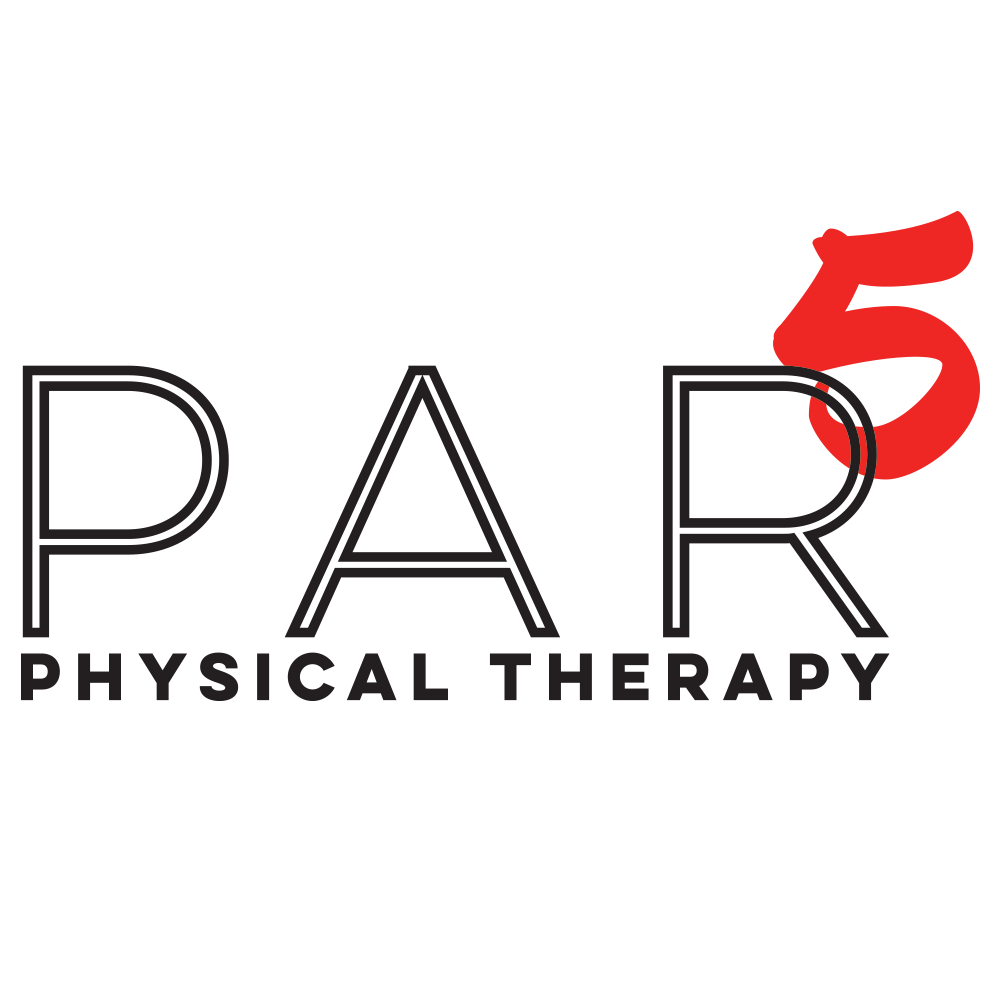Is CrossFit dangerous?
CrossFit started in 2000. Since then it has grown to over 13,000 affiliated gyms in over 120 countries. CrossFit is comprised of constantly varied, high-intensity, functional movement. It is a program that is designed to optimize physical competence in the realms of cardiovascular and respiratory endurance, stamina, strength, flexibility, power, speed, coordination, agility, balance, and accuracy.
As it has grown in popularity, so has its controversy.
If you do CrossFit, are you going to get hurt? What are the injury rates with participating in CrossFit classes?
High-intensity interval training (HIIT) is not new. There are many other gyms that are not affiliated with CrossFit that employ the HIIT exercise protocol. It is a well established effective and efficient way of increasing fitness. But for some reason, CrossFit maintains a negative connotation.
What does the research have to say? A research study published in the Journal of Sports Rehabilitation in 2018 looked at any paper published in the past 10 years comparing injury rates among CrossFit participants and individuals participating in other fitness sports. Three articles met the inclusion criteria and included other sports such as gymnastics, Olympic weightlifting, military conditioning, track and field, rugby, and distance running.
They found that injury rates for CrossFit participants were equal to or lower than those of participants in the other sports (about 3.1/1000 hours). The injury rate was similar to Olympic weightlifting, gymnastics, and rugby; but lower than high school football, ice hockey, and soccer.
What does that mean to the average CrossFit athlete? Is CrossFit bad?
As a medical professional, the answer is: "it depends".
HIIT, CrossFit, and functional exercise are beneficial to build strength, resiliency, and independence as we age. But just like any other exercise program, there are a few caveats.
1. The risk of injury is more prevalent in cases where supervision is not always available to athletes. The study included other research that looked at supervised CrossFit versus independent or unsupervised CrossFit. They found that injury rates were higher for athletes performing the program on their own due to the lack of supervision and technique correction.
2. There are higher rates of injury for male participants who may not actively seek supervision during CrossFit exercise. Check your ego at the door. This goes for males and females. Going that extra rep or pound, especially under fatigue and speed, increases your risk of injury. Don't let your ego outperform your body.
3. The likelihood of injury may have less to do with the exercises involved with CrossFit and more related to the intensity with which the exercises are performed. CrossFit workouts can be infinitely modified and scaled, thereby reducing the intensity of any given workout. Consider your level of fitness, experience, and past medical history when selecting whether to perform a workout as prescribed or as a scaled workout with substitutions.
If you listen to your body, work on your mobility and joint range of motion, and movement technique, CrossFit can be a very safe and effective workout program. But it can be easily lead to injury if the above points are ignored.
If you have more questions and want to learn more, contact PAR5 Physical Therapy for more info.

